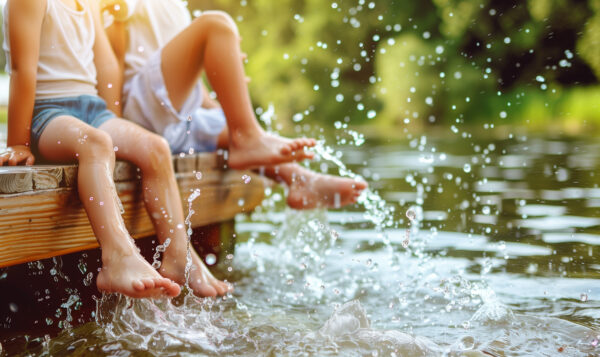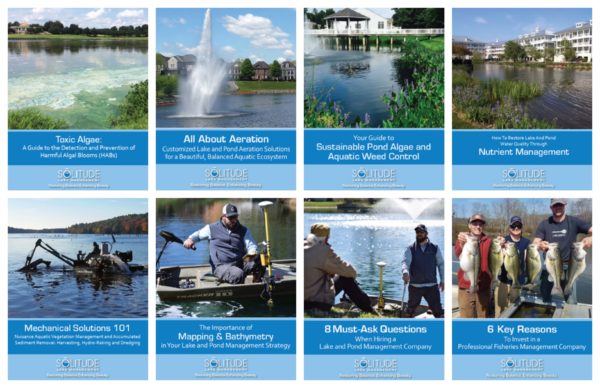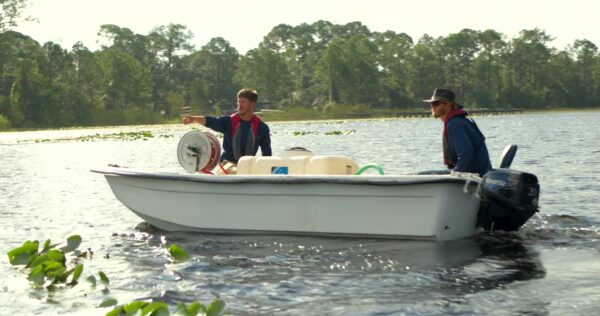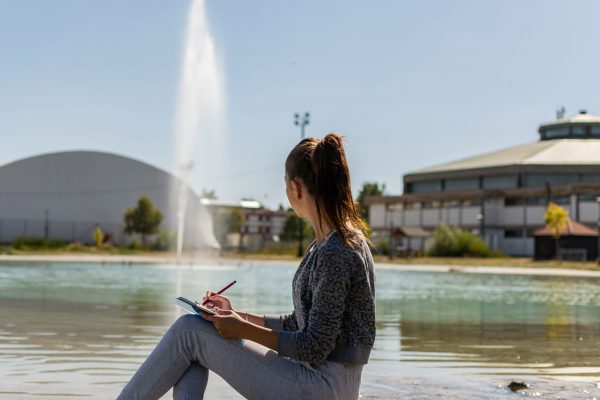
Lakes and ponds are dynamic ecosystems influenced by numerous factors, including sunlight, rainfall, recreation, wildlife, and pollution. Each of these elements can significantly impact the health of the entire waterbody, from the water column and bottom sediments to the surrounding shoreline. Some signs of an unhealthy ecosystem can go unnoticed for months or even years. However, excessive growth of aquatic weeds and algae is one of the most visible indicators of a struggling waterbody. This nuisance growth is a major source of frustration for property managers, golf course superintendents, and private property owners.
Much like caring for the human body, maintaining a healthy lake or pond requires both short- and long-term solutions. A cough drop may provide quick relief from a cold, but a balanced diet builds long-term resilience against illness. Similarly, while Aquatic Experts can implement short-term pond maintenance strategies to subdue weed and algae growth, these measures are temporary and should not be relied on for lasting results.
As a lake or pond owner or manager, understanding the balance between immediate fixes and sustainable solutions is key to developing an effective pond management program.
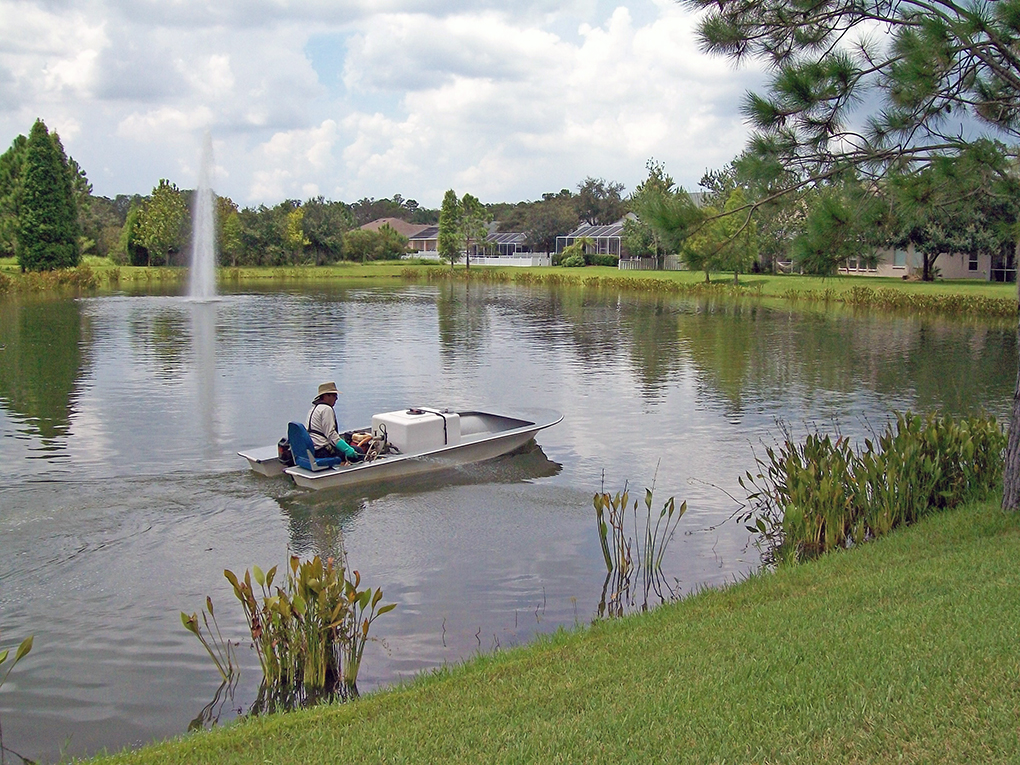
Short-term pond maintenance
Sometimes, we’re contacted by stakeholders urgently seeking to clean up their lake or pond ahead of an outdoor wedding or other event. EPA-registered aquatic herbicides and algaecides are reliable tools to quickly and safely eliminate weeds and algae. In other cases, mechanical harvesting or hydro-raking can be used to physically remove weeds from a lake or pond, providing instant results. However, these solutions are only considered a band-aid; they do not address the source of the problem—imbalanced water quality—and the growth usually returns in full force.
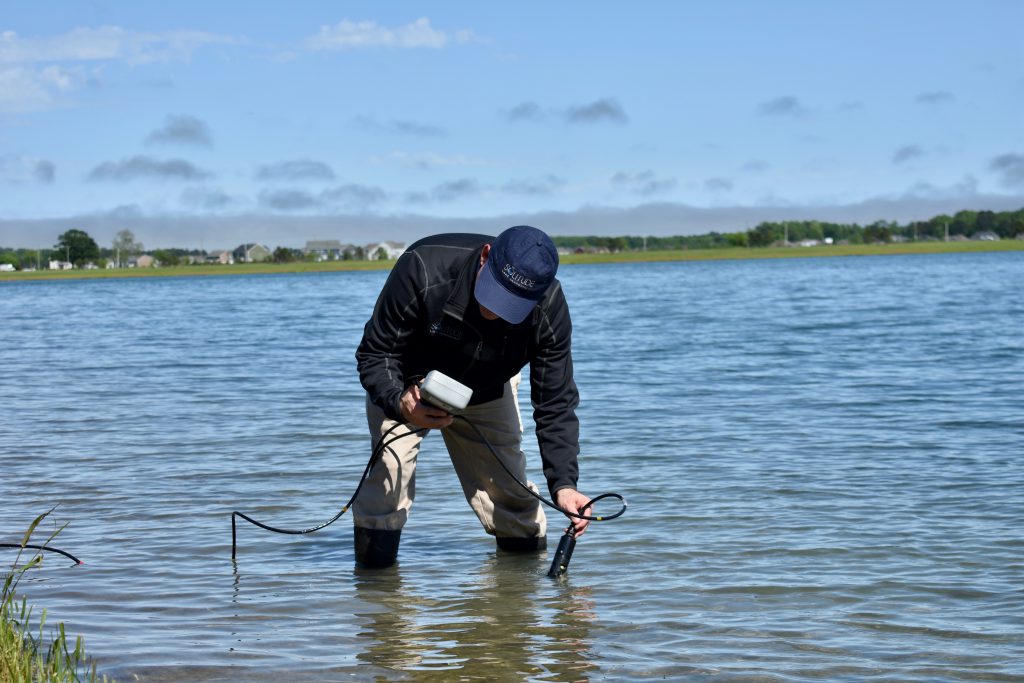
Long-term pond maintenance
Long-term planning starts with looking at water quality. Water quality may become imbalanced for many reasons and laboratory testing can help reveal why. Some of the first parameters Aquatic Experts assess are dissolved oxygen (DO) and nutrient levels. DO supports healthy fish, beneficial bacteria, and other aquatic life that help keep weeds and algae in check. If DO becomes depleted, it has far-reaching effects on the food web. Furthermore, while nutrients like phosphorus are essential to a healthy aquatic ecosystem, they can fuel excessive plant and algae growth when they become too abundant.
Correcting water quality imbalances takes time. Luckily, Aquatic Experts have many tools at their disposal to restore balance:
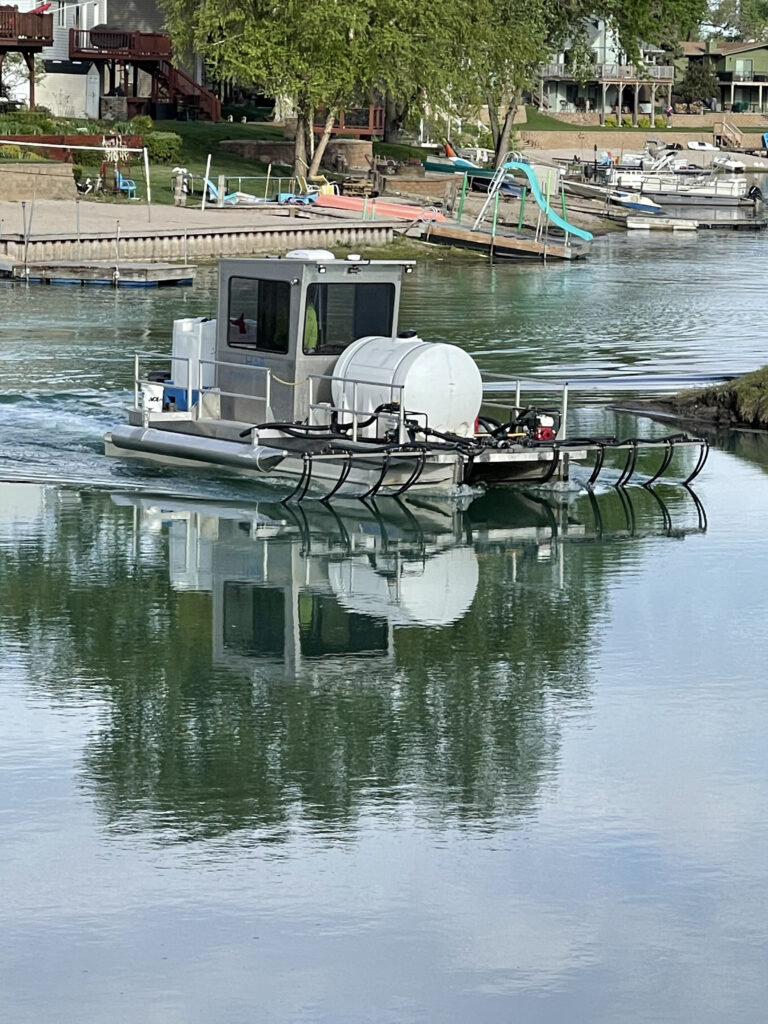
Nutrient management
Nutrient management is an excellent strategy to help reduce nutrient levels and help reduce the likelihood of nuisance weed and algae growth. Several eco-conscious nutrient remediation products are available that either bind with nutrients or physically remove them from the water. These include aluminum sulfate (alum), lanthanum-modified bentonite, and other holistic water quality restoration solutions. Professionals carefully select these products based on the size, depth, purpose of the waterbody, as well as management goals, to achieve optimal results.
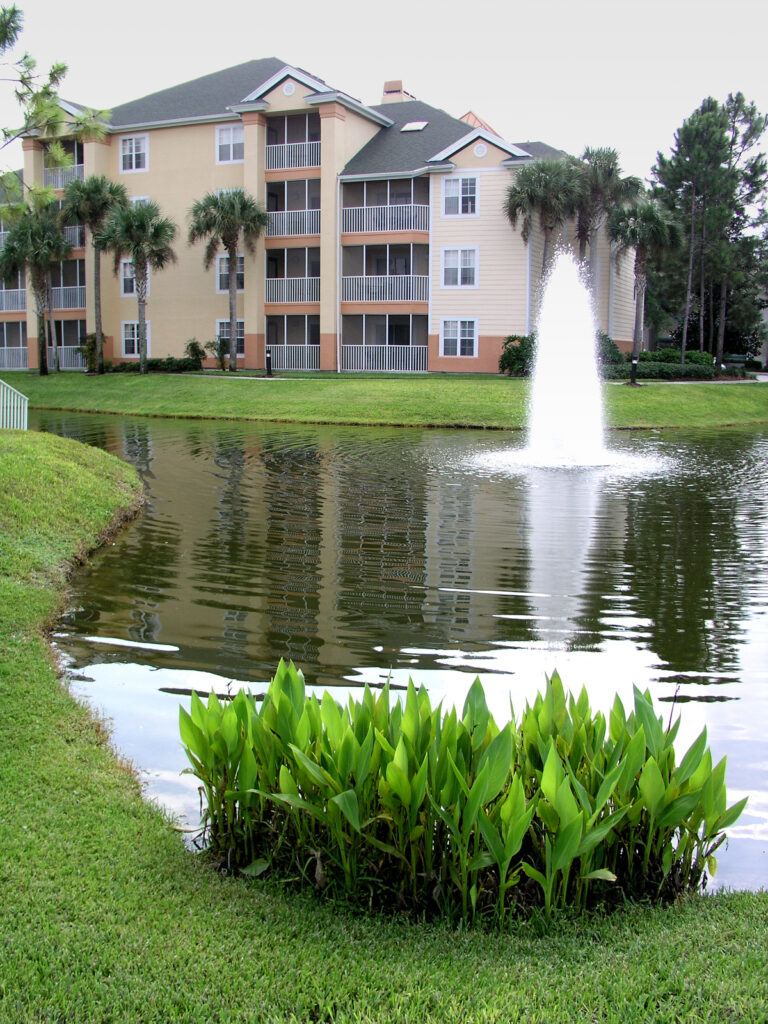
Fountains and pond aeration
Proper oxygen levels are essential for maintaining a healthy aquatic environment that discourages weed and algae growth. Floating fountains and surface pond aerators improve water circulation and oxygenation of the water column in ponds between 4-8 feet deep. For waterbodies with depths greater than 6 feet, submersed pond aerators can be used to provide consistent vertical mixing and deliver oxygen throughout the entire water column.
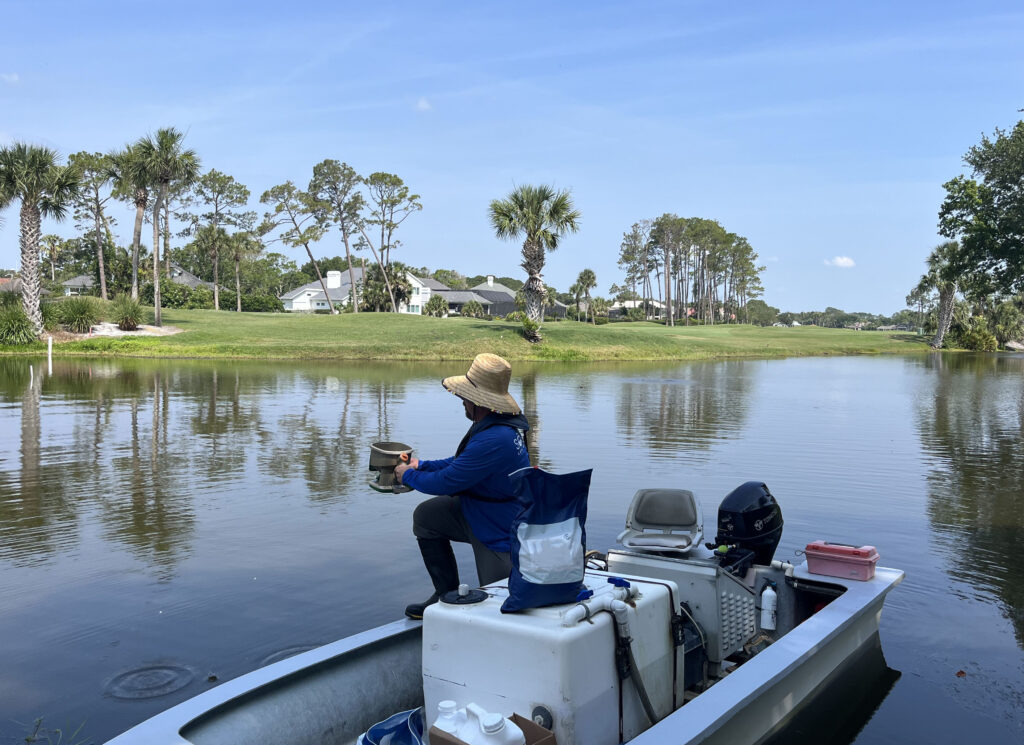
Muck reduction
Bacteria play a vital role in the decomposition of dead plants, waste, and other organic matter. Without this beneficial bacteria, these materials may accumulate over time, forming a thick, nutrient-rich layer of muck on the lake or pond bottom. Aquatic Experts can introduce additional bacteria to the water to help make the decomposition process more efficient and curb nutrient levels.
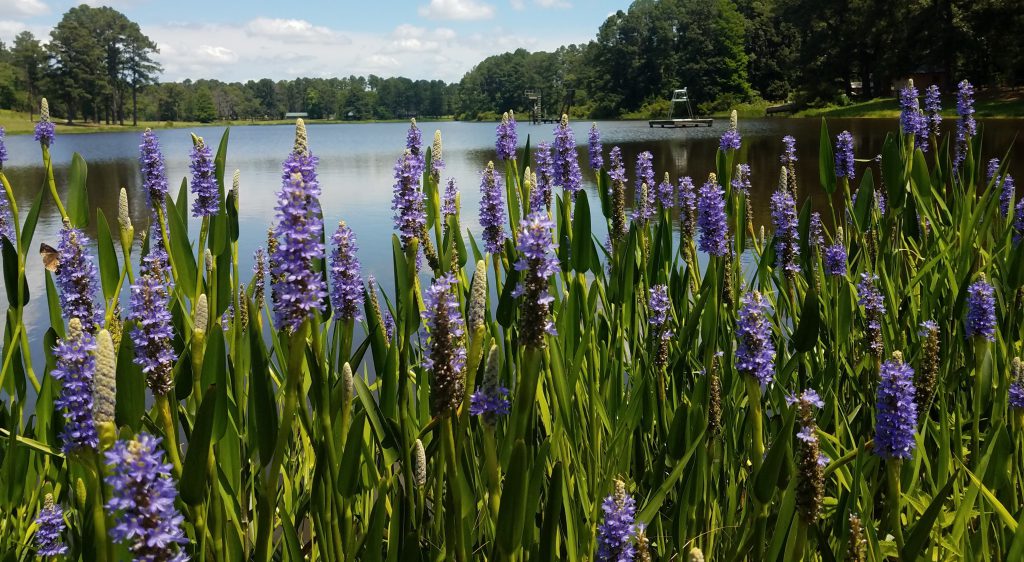
Shoreline buffers
Native shoreline plants act as natural filters, capturing pollutants and nutrients from stormwater runoff before they enter the waterbody. This vegetation also stabilizes the shoreline by anchoring soil and preventing erosion. For areas already affected by erosion, shorelines can be restored using bioengineering techniques. During this process, professionals fill knit mesh bags with sediment or other organic materials and shape it to the desired shoreline slope. It is then secured in place, helping to provide many years of stability.
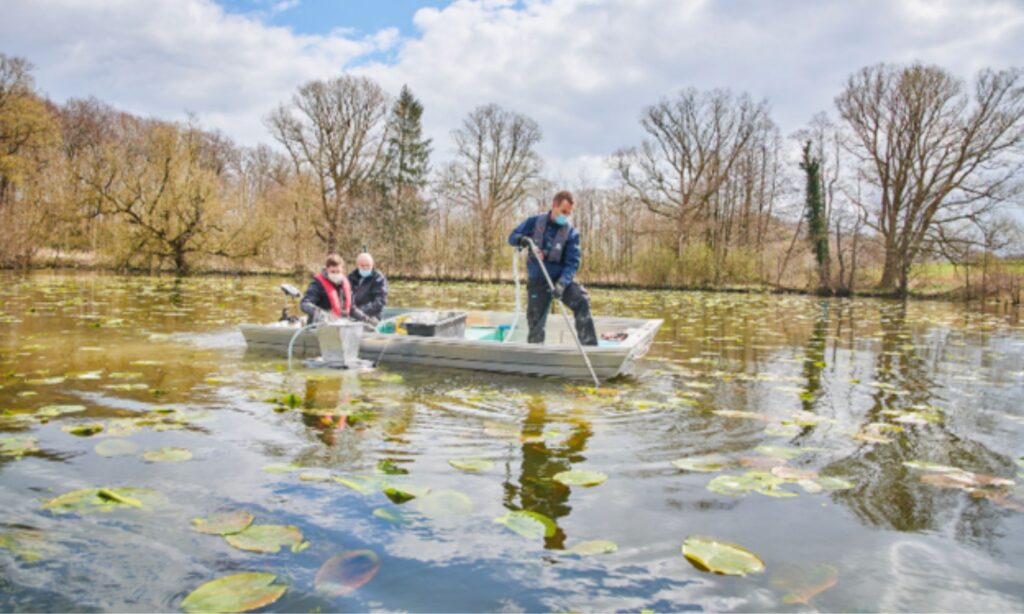
Lake management innovations
Lake and pond management tools are constantly advancing, and SOLitude is committed to staying at the forefront of emerging innovations. Some of the latest solutions in water quality restoration—TryMarine and Oase—are changing the way Aquatic Experts tackle water quality challenges.
Stay ahead of poor water quality with ongoing pond maintenance
Cultivating healthy, balanced water is a long game, but tailored strategies, ongoing monitoring, and year-round maintenance can help get your waterbody on track as soon as possible. While short-term management solutions are sometimes necessary to include in an ongoing pond maintenance program, a long-term approach can help reduce the reliance on those short-lived solutions. In addition, long-term management approaches are typically the most cost-effective and environmentally responsible way to achieve your lake or pond goals. Contact us today to build a long-term pond maintenance program for your waterbody.
Achieve Worry-Free Pond Management
SOLitude Lake Management is a nationwide environmental firm committed to providing sustainable solutions that improve water quality, enhance beauty and preserve natural resources.
SOLitude’s team of aquatic scientists specializes in the development and execution of customized lake, stormwater pond, wetland and fisheries management programs. Services include water quality testing and restoration, algae and aquatic weed control, installation and maintenance of fountains and aeration systems, shoreline erosion control, muck and sediment removal and invasive species management. SOLitude partners with homeowners associations, golf courses, private landowners, businesses and municipalities. SOLitude Lake Management is part of Rentokil, a leading business services company, operating across the United States, Canada and Puerto Rico.
For more information, visit SOLitude Lake Management at solitudelakemanagement.com, and connect on Facebook, LinkedIn, Twitter, Instagram and YouTube.

